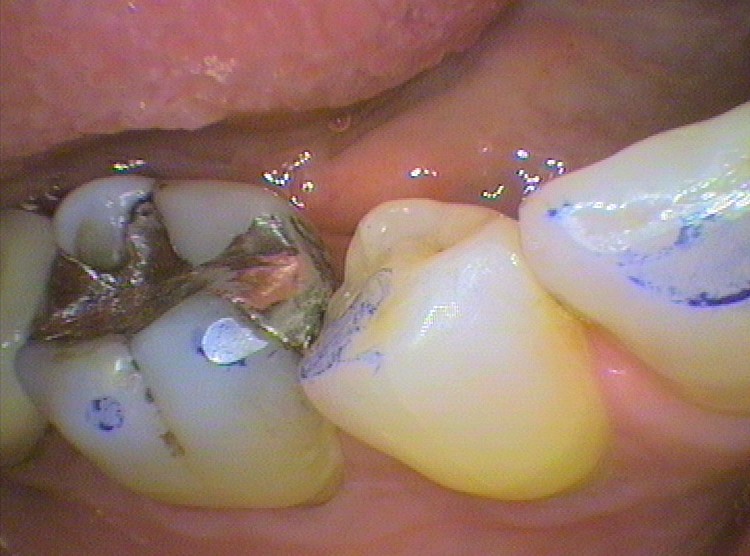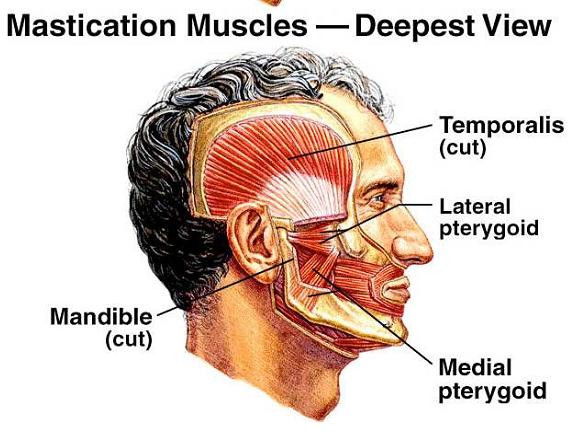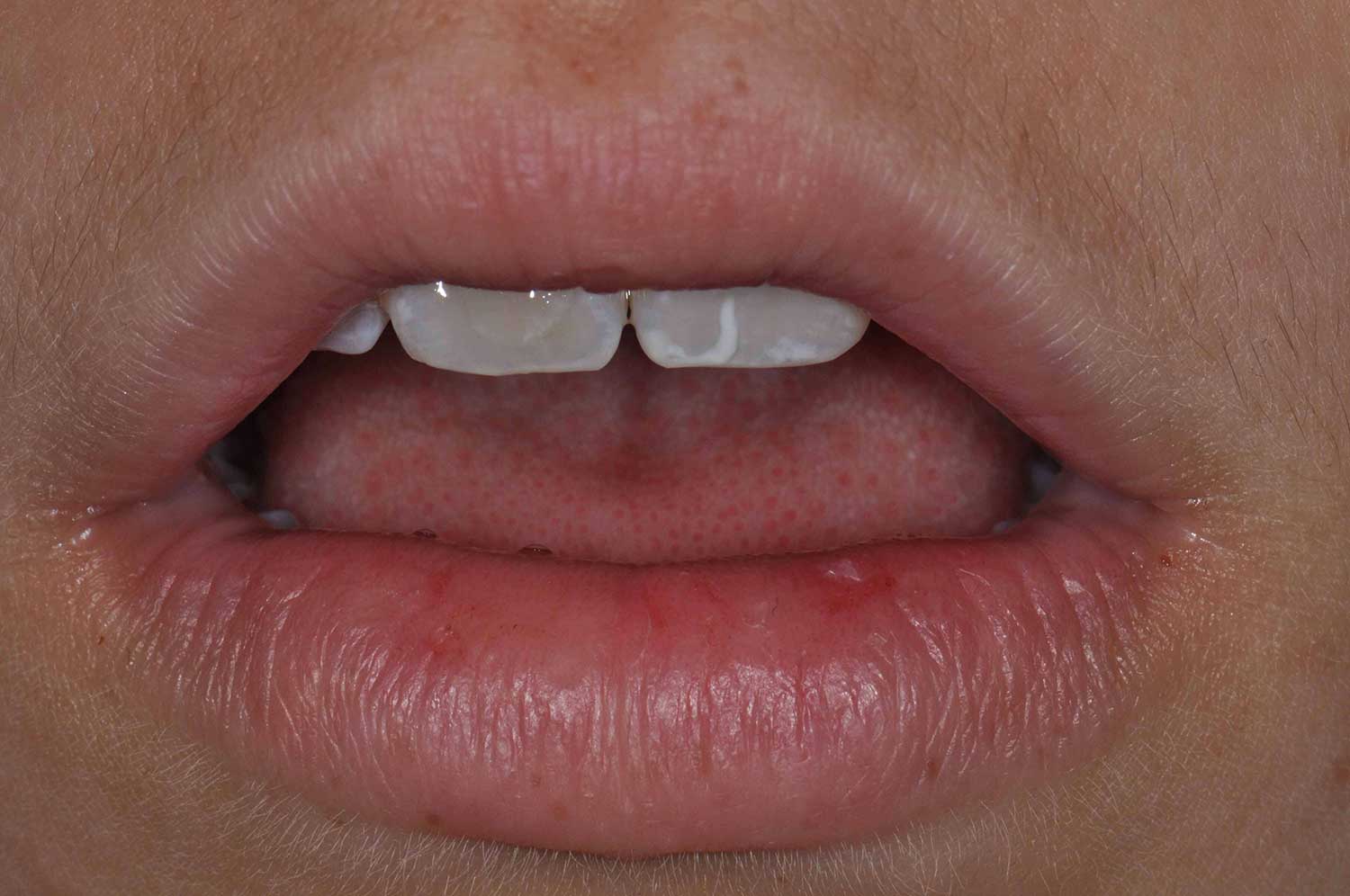The Covid Grind – Treatments – Part 1 – Adjustments
For many people it’s been a while since they have seen the dentist, so the first step of treatment is a thorough check-up.
Sometimes the grind could be the result of a build-up of calculus (tartar) on the teeth causing the gums to get irritated and bleed. The teeth may become loose and cause the bite to change and the body reacts by grinding the teeth to try to normalise the bite.
Decay can have similar results, by creating food traps, sensitivity, cracks and pain. This can happen gradually over time or very quickly, causing an avoidance habit and throwing the bite out, and a grind response may occur.
Many times, making the mouth healthy with fillings, cleans and other pain-relieving treatments, will, in itself, stop people grinding their teeth. Covid has disrupted our lives including having regular check-ups, x-rays, and cleans.
Once the mouth is healthy, more assessments and treatment may need to be done if the grind continues.
An assessment of the bite may show that the is uneven causing the body attempt to even it by grinding teeth. This makes a flat shiny surface called a bruxofacet.

Sometimes adjusting the bite if the bruxofacet is the only place the bite is hitting first when the person bites or moves their jaw around, may cause great relief. That adjustment to the bite takes the dentist a very short compared to the body’s weeks of grinding.
Most grinding occurs when you sleep. A typical symptom of night grinding is being aware of your teeth when you wake up in the morning.
If the grinding is more severe then closing jaw muscles that are involved in the grinding become overworked. So much so that they spasm. People have trouble opening their mouths as these muscles do not relax to allow the opening jaw muscles to function. They are weaker than the closing or chewing muscles.

This condition is called trismus.
The treatment involves firstly to adjust the bite of any obvious bruxofacets and other causes as discussed earlier.
Treatment involves:
- Resting the muscles – the rest position of the jaw is achieved by saying the letter “m”. The jaw is slightly open. By biting together, you are activating the closing muscles.
- Open the jaw no further than when the pain starts – if you try to it may tear muscle fibres and make things worse. This may mean cutting your food up and eating soft foods. Avoid a full yawn!
- Use a very warm wash cloth on the side of the face where there is pain in the muscle. This promotes blood flow to remove any blood products within the muscles. Only do this once the swelling has gone and any bleeding is under control, otherwise it will make things worse. Usually wait 2-3 days after surgery but check with the dentist first!
- Take anti-inflammatory medications, BUT under doctor and dentist advice to ensure no interactions with other medications or health problems.

It may take up to two weeks for Trismus to be completely gone but it does improve gradually each day. Always seek professional advice and treatment.
Next in the series: The Covid Grind – Treatments – Part 2 – Appliances
Need an Appointment?
If you’d like to book an appointment with the dentist at Seymour Dental then call us in Dulwich Hill, Sydney on (02) 9564 2397 or
contact us
Next week
Miroma Art exhibition of adults with ability